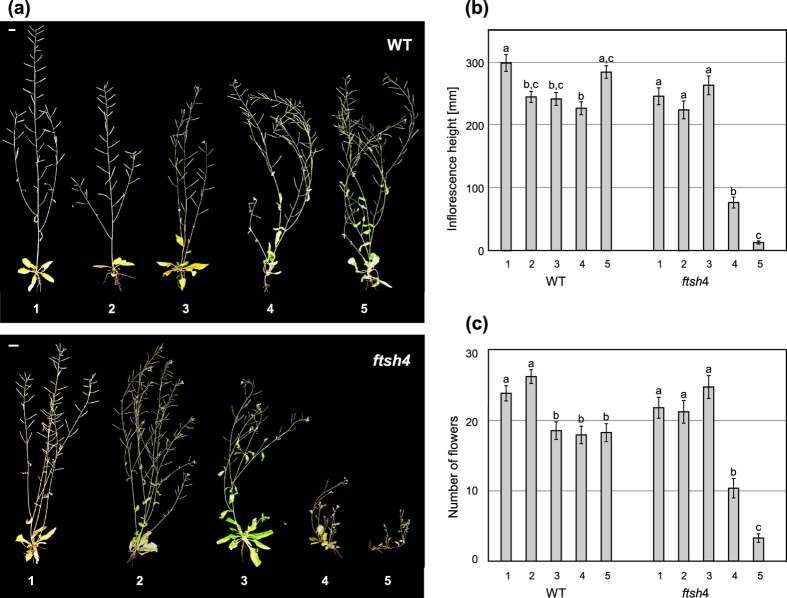Figure 3. Meristem recovery after mild temperature stress.
(a) Wild-type and ftsh4 plants showing a different phenotype depending on the timing of transfer from LD 30 °C to LD 22 °C: (1) grown continuously at 22 °C, (2) two leaves, (3) juvenile, (4) adult, (5) after bolting. ftsh4 mutants show a decreased ability to maintain the inflorescence meristem, as judged by the main stem height, the longer they grew at 30 °C. Scale bars: 1 cm. (b,c) The comparison of the main inflorescence activity assessed by (b) the height of the main stem and (c) the number of flowers of wild-type and ftsh4 mutant plants depending on the timing of transfer from LD 30 °C to LD 22 °C. Meristem activity is maintained until plants are subjected to the stress during the adult phase (committed to flowering). Mean values ± SE are shown. Significant differences between bars at p < 0.05 are denoted by different lower case letters.

